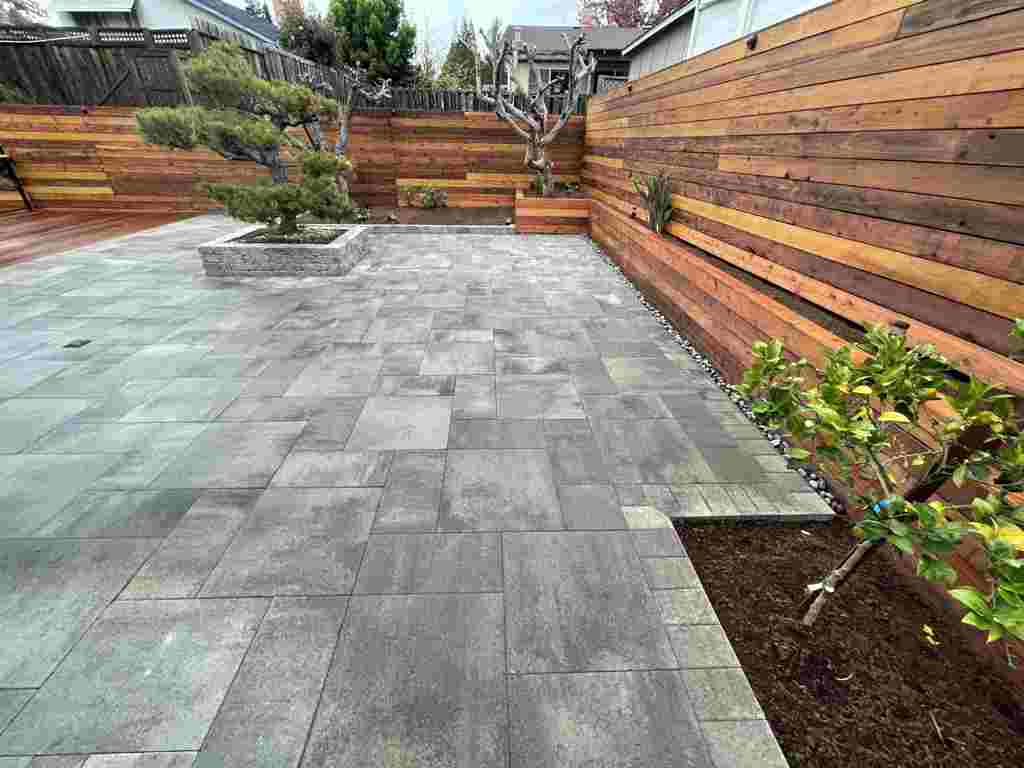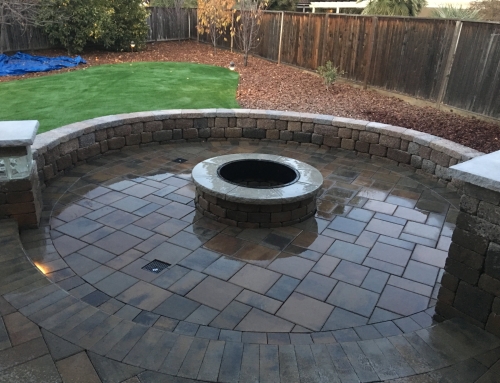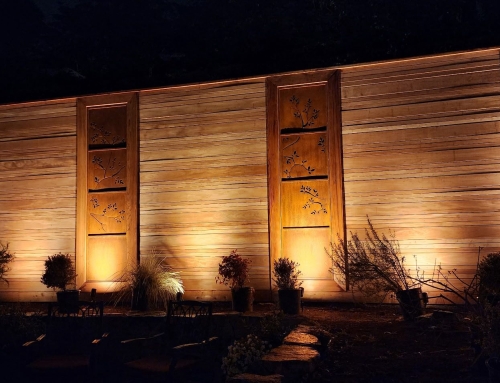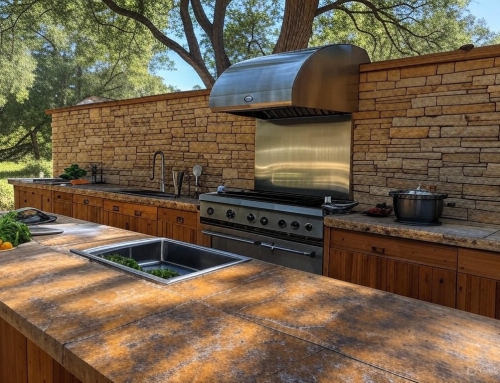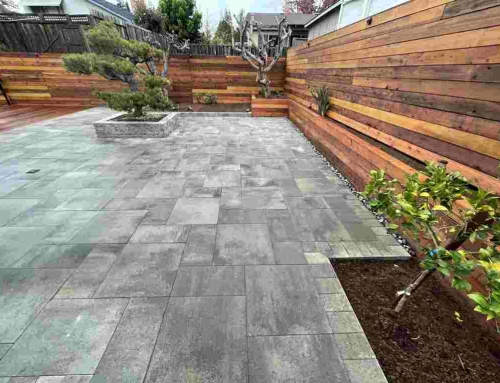Retaining walls serve as both functional and aesthetic elements in landscaping and property design. Whether you’re looking to prevent erosion, create usable terraced spaces, or enhance the visual appeal of your outdoor area, understanding how to determine the right height and design for your retaining wall is essential. In this guide, we’ll walk you through the key factors to consider, helping you make informed decisions for a successful retaining wall project.
1. Site Evaluation:
The first step in determining the appropriate height and design for your retaining wall is to conduct a thorough site evaluation. Factors such as the slope of the land, soil type, and intended use of the area all play a critical role. For instance, if you’re dealing with steep terrain, you’ll likely need a taller wall to stabilize the soil. On the other hand, a gentle slope might require a smaller wall for landscaping purposes.
2. Purpose of the Wall:
Consider the primary purpose of your retaining wall. Are you looking to create a functional level area for a garden or patio? Is erosion control your main concern? The purpose of the wall will influence its design, height, and construction materials. For instance, a garden wall might feature a more decorative design, while a structural wall should prioritize stability.
3. Local Regulations and Permits:
Before finalizing your retaining wall plans, be sure to check local regulations and permit requirements. Some areas have restrictions on wall height, especially if it’s near property lines or affecting neighboring properties. Consulting with retaining wall contractors who are well-versed in local codes can save you potential headaches down the road.
4. Drainage Considerations:
Effective drainage is crucial to the longevity of your retaining wall. Improper drainage can lead to water accumulation behind the wall, causing pressure and potential structural damage. Incorporate proper drainage solutions, such as weep holes and gravel backfill, to ensure water flows away from the wall.
5. Material Selection:
The materials you choose for your retaining wall can impact both its design and height. Options like concrete blocks, natural stone, and timber each have their unique properties. Consider the aesthetics you’re aiming for, as well as the durability and structural requirements of your project.
6. Consultation with Retaining Wall Contractors:
Enlisting the expertise of professional retaining wall contractors is highly recommended, especially for larger or structurally complex projects. Contractors with experience in your local area, such as “retaining wall contractors in San Francisco,” can provide valuable insights into the specific challenges and conditions of your location.
7. Safety and Engineering:
Safety is paramount when it comes to retaining walls, particularly for walls exceeding a certain height. Working with engineers or experts can ensure that your wall meets necessary safety standards. They can perform calculations to determine the proper footing size, reinforcement needs, and overall stability of the wall.
In conclusion, determining the right height and design for your retaining wall involves a thoughtful assessment of site conditions, purposes, regulations, drainage, materials, and expert guidance. Collaborating with experienced retaining wall contractors, especially those familiar with the unique considerations of your area, can help you create a functional and visually pleasing addition to your landscape. So, whether you’re in San Francisco or any other location, take the time to plan your retaining wall project diligently for a successful and enduring outcome.


